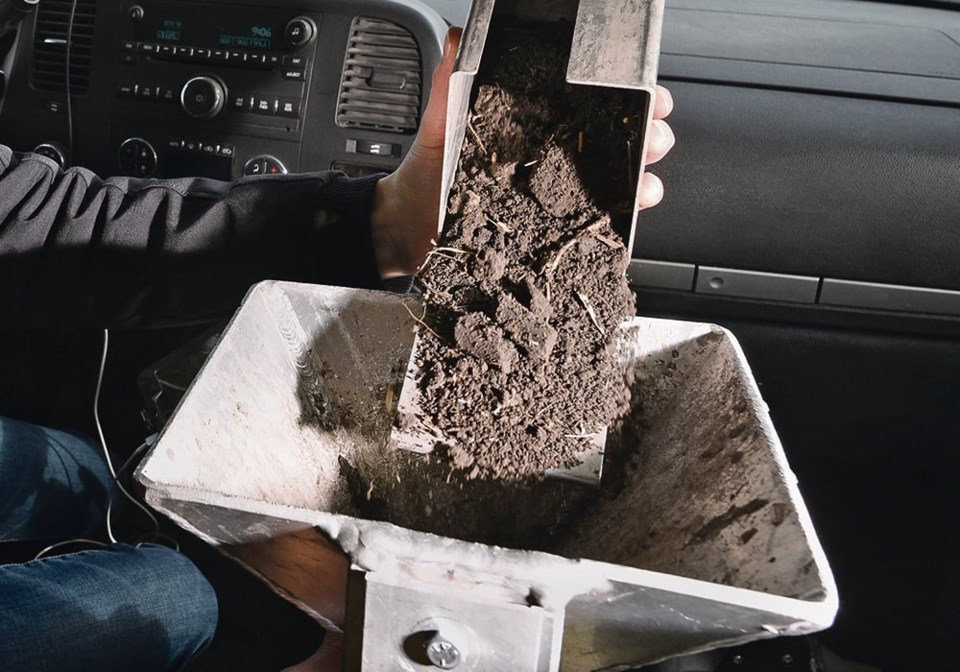As an agriculture consultant who has equity ownership in a large-scale grain farm, I get the benefits of seeing the forest through the trees. This may not make me the most loved professional by all farmers, but it does allow me to step back and provide additional perspectives.
“Sustainability” in agriculture has become a buzzword. And, since it has become a subjective term these days, we must rely on data and analytics to help tell our story.
Here is where we, as an industry, have dropped the ball. As the stewards of the land, we don’t have much from the last three decades to show for it. And please don’t say zero-till — this is as bad of a buzzword as sustainability.
Let me elaborate.
Soil sampling — Less than 50 percent of our industry uses consistent grid or zone soil sampling.
We are the first line of defence against the misuse or misplacement of nutrients and chemicals on our farms. We continue to spread the message that we only use the exact amount of fertilizer that the crops need to grow, and we don’t overuse or misuse chemicals unless for the greater good. But less than half the industry knows what is in the soil when creating a nutrient plan for the coming growing season.
Do you see the issue?
This area is one where we cannot even use high cost as an excuse because this would most likely save you money on application rates. Soil sampling is cheaper than wasted fertilizer.
Variable rate — Although the technologies have been out since the late 1990s, less than 50 percent of the industry uses sectional control or variable rate.
You can start with the excuse of cost. Once you get that out of the way, tell me what the repayment period on both technologies would be in terms of saving on crop inputs.
I consult with a number of progressive operations and only one or two farms have enough data and analysis to prove the payback on these technologies. Most other farms tell me the cost outweighs the value and I simply don’t believe it.
As stewards of the land, we adopt the technologies that will yield the most sustainable and environmentally friendly practices. It is hard to fight this fight against governments with the statistics currently coming out of our industry.
Regulations — Are we fighting the current regulation, or what we believe will be the next brick in the wall?
With the aims of the government’s sustainability plan and emissions reduction goals, my belief is that progressive producers are likely 80 percent of the way there. Management practices such as using nitrogen inhibitors, innovative technologies in fertilizer as well as equipment, 4R agronomy, and soil samples are already pushing producers (whether this is driven by profitability or moral obligation, I’m not sure). Regardless, for the remainder of farms, I believe it is not a bad thing to move in the right direction that many others have already embraced.
In the end, I think there are many areas of the industry, for grain producers in particular, where improvements can and should be made. I am not the guy to tell you what those are, but I do believe that Be Better Ag remains relevant today and in the future.
Evan Shout is a farmer and accountant who advises clients at Maverick Ag Consulting and Farmer Coach. He’s also the chief financial officer at Hebert Grain Ventures.




